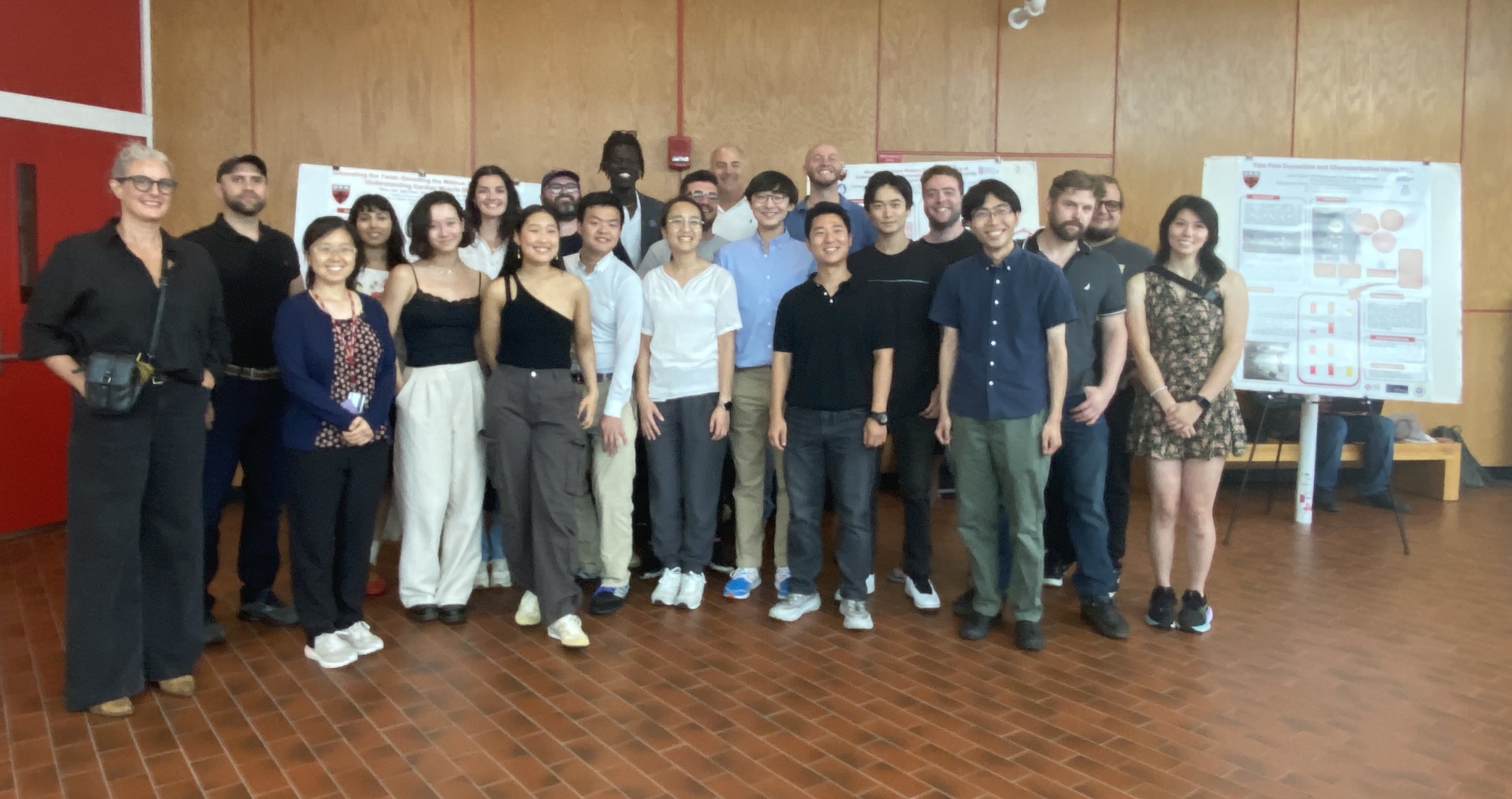Abstract:
Extracellular matrix in the womb regulates the initiation, progression, and completion of a healthy pregnancy. The composition and physical properties of extracellular matrix in the uterus and at the maternal-fetal interface are remodeled at each gestational stage, while maladaptive matrix remodeling results in obstetric disease. As in vitro models of uterine and placental tissues, including micro-and milli-scale versions of these organs on chips, are developed to overcome the inherent limitations of studying human development in vivo, we can isolate the influence of cellular and extracellular components in healthy and pathological pregnancies. By understanding and recreating key aspects of the extracellular microenvironment at the maternal-fetal interface, we can engineer microphysiological systems to improve assisted reproduction, obstetric disease treatment, and prenatal drug safety.
